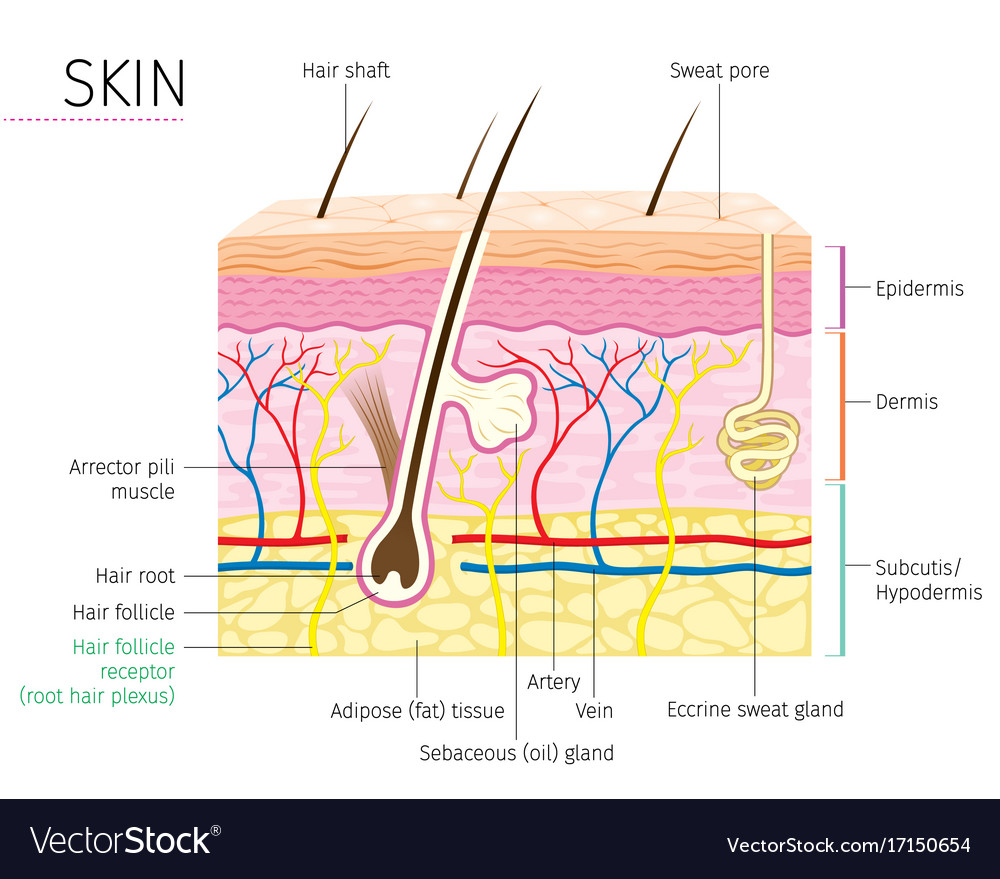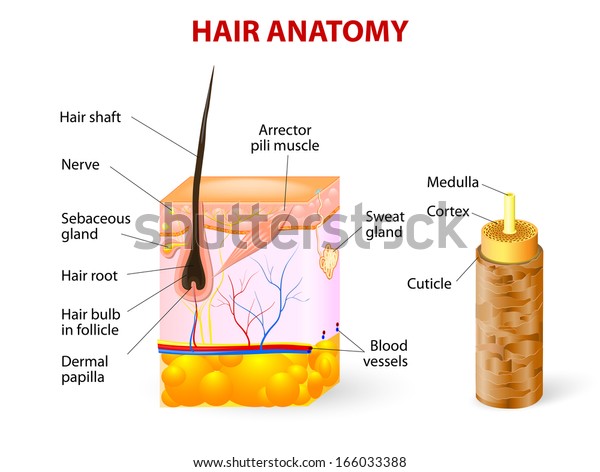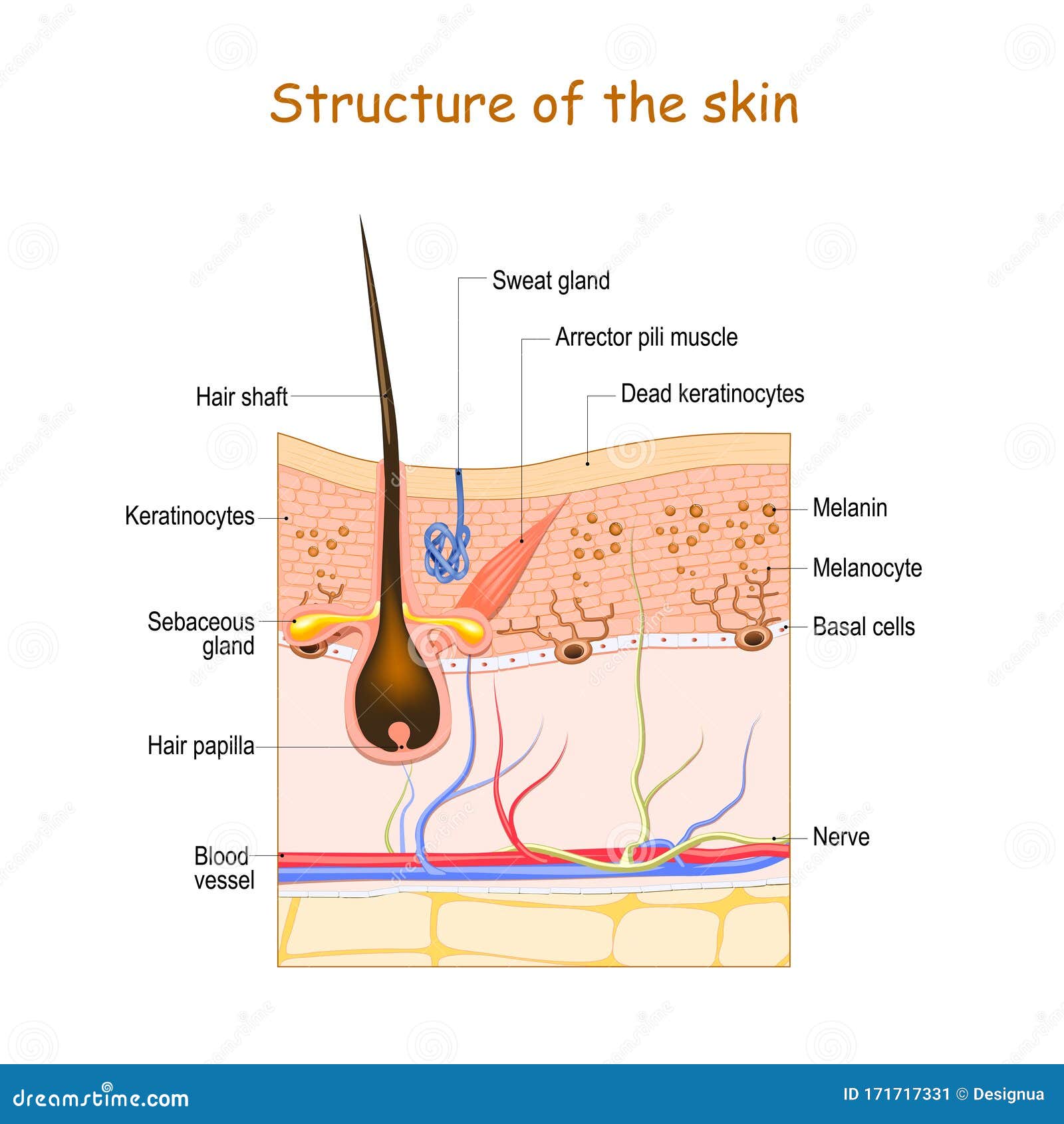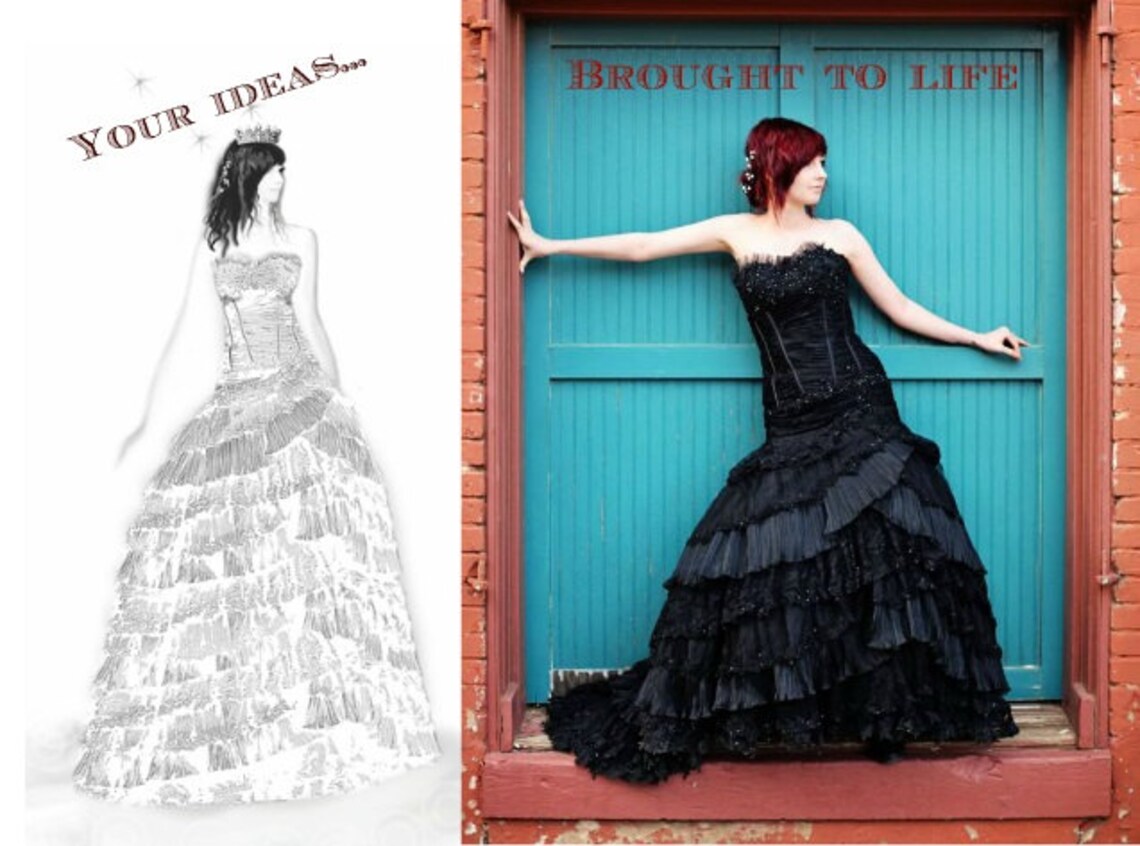Table Of Content

Please note there are other important mechanisms involved in the pathogenesis of acne vulgaris. Folliculitis is the inflammation of hair follicles usually secondary to bacterial or fungal infection. Hidradenitis suppurativa is another inflammatory condition involving occlusion of the hair follicle in apocrine-rich areas of the body (e.g., axilla, groin). The bulb holds several types of stem cells that divide every 23 to 72 hours, faster than any other cells in the body.
In brief: What is the structure of hair and how does it grow?
The hair follicle is made of multiple layers of cells that form from basal cells in the hair matrix and the hair root. Cells of the hair matrix divide and differentiate to form the layers of the hair. At the end of anagen, mitotic activity of the matrix cells is diminished and the follicle enters a highly controlled involutionary phase known as catagen. Catagen lasts approximately 2 weeks in humans, regardless of the site and follicle type [37]. During catagen the proximal of the hair shaft is keratinized and forms the club hair, whereas the distal part of the follicle is involuted by apoptosis [16, 38].
Figure 3: Hair follicle-associated myelinated nociceptors belonged to a... - ResearchGate
Figure 3: Hair follicle-associated myelinated nociceptors belonged to a....
Posted: Tue, 05 Dec 2023 15:54:26 GMT [source]
2. Structure of the hair
In this stage, the dermal papilla moves upward, following the epithelial sac. The middle layer of the hair shaft (hair cortex) constitutes the bulk of the hair and consists of cells that keratinize gradually as they move upward from the hair matrix. Unlike the IRS, which keratinizes by forming trichohyalin granules (soft keratin), the hair cortex cells keratinize without forming granules (the aforementioned trichilemmal keratinization). However, they keratinize relatively low in the hair follicle and are indistinguishable at higher levels, where they function as a single unit covering the hair shaft. The IRS stains deeply with toluidine blue because of the presence of the amino acid citrulline. The macro-environment surrounding the hair follicle also takes part in regulating cycle transitions.
Anagen (growth phase)
Melatonin promotes hair follicle growth in humans and secondary hair follicle growth in goats. Melatonin promotes human and goat oocyte competence under in vitro culture conditions. Figure 1 PRISMA diagram of the process of study selection and traditional meta-analysis. We followed the steps to screen the retrieved literature and ended up with 22 articles.
1. Hair growth cycle
The data in (C) (individuals 9 and 12) are from identical twins. Data in (D) was taken from fraternal twins (individuals 10 and 11). While different individuals in general show different membrane patterns (A), features in (B) and (C) perfectly agree. Fraternal twins show slight differences in their pattern in (D). In the direction perpendicular to the hair fibre axis (q‖), there are also two major peaks consistent among all subjects, one narrow peak around 9.5 Å and one broad peak around 4.3 Å. The total scattering profile was well fit by two Lorentzian peak profiles (and a background), whose positions is plotted in Fig.

Fraternal or dizygotic twins develop from the fertilization of two different eggs and they only share 50% of their DNA on average (Nussbaum et al., 2007). An abnormal signal was previously reported by James et al. (1999) in hair samples of patients with breast cancer. Such an approach is quite intriguing, as scanning of hair samples could be used as easy, inexpensive and non-invasive screening techniques in the diagnosis of cancer. James et al. (1999) observed a ring-like signal at 44.4 Å, at the position of the lamellar plasma membrane signal, and assigned this signal to the presence of breast cancer. The analysis and assignment was questioned later on by Briki et al. (1999) and Howell et al. (2000), who observed this feature in healthy and cancer patients in equal measure.
At this level, the IRS fragments and exfoliates, and the ORS is fully keratinized (trichilemmal keratinization). The bulge region is difficult to visualize on routine stains. It is made up of several protrusions and crests and contains cells with pluripotent capabilities. In the human scalp, the anagen phase lasts approximately 3-4 years, while the catagen phase lasts about 2-3 weeks, and the telogen phase lasts approximately 3 months.

What tests check the health of my hair follicles?
Figure 7A shows a comparison between individual 3 and 4 to illustrate the effect. For an easy comparison, the original data were cut in half and recombined, such that the left half depicts individual 3, and the right half individual 4. The hair strands were oriented with the long axis of the hair parallel to the vertical z-axis. The (q∥, qz)-range shown was determined in preliminary experiments to cover the features observable by X-ray diffraction. The measurements cover length scales from about 3–90 Å to study features from the coiled-coil α-keratin phase, keratin intermediate filaments in the cortex, and the membrane layer in the membrane complex.
Hair bulb
A number of hair conditions are caused by issues with hair follicles. If you think you have a hair condition, or if you have unexplained symptoms like hair loss, it’s best to consult with a dermatologist. Hair follicles aren’t just responsible for how much your hair grows, they also influence what your hair looks like. The shape of your follicle determines how curly your hair is. Circular follicles produce straight hair while oval follicles produce curlier hair.
However, there was a positive correlation with secondary follicle growth. Whether it is straight or curly will depend on the cross-sectional shape of hair. The more oval-shaped the cross-section is, the curlier the hair will be. At the base of the hair, the hair root widens to a round hair bulb.
The cuticle is of considerable cosmetic importance as it gives the hair an untangled appearance and shape. The outer root sheath (ORS) covers the IRS as it extends upward from the matrix cells at the lower end of the hair bulb to the entrance of the sebaceous gland duct. The ORS is thinnest at the level of the bulb and thickest in the middle portion of the hair follicle. The ORS cells contain clear, vacuolated cytoplasm because of the presence of large amounts of glycogen.
The structure of hair follicles is simple and straightforward, but its functions and its growth cycle are quite complex. Any significant alteration to the normal growth cycle of a hair follicle may lead to a hair condition like alopecia areata or telogen effluvium. Signals due to the coiled-coil organization of α-helical keratin proteins and intermediate filaments in the cortex, and lipids in the cell membrane complex were observed in the hair of all individuals. Next is the telogen or resting phase of the hair cycle, in which the hair follicle is dormant, and growth of the hair shaft does not occur. The exact mechanism that controls passage from one phase into the next is not fully known. The cuticle comprises flat overlapping cells covering the hair shaft from the root until it exits from the epidermis.
From straight to curly, thick to thin: here's how hormones and chemotherapy can change your hair - The Conversation France
From straight to curly, thick to thin: here's how hormones and chemotherapy can change your hair.
Posted: Thu, 11 Jan 2024 08:00:00 GMT [source]
Primary hair follicles are generally considered the hair that has already developed. The results of the present study showed that there was no correlation between melatonin and goat primary follicle density. However, melatonin was positively correlated with goat secondary follicle density.























